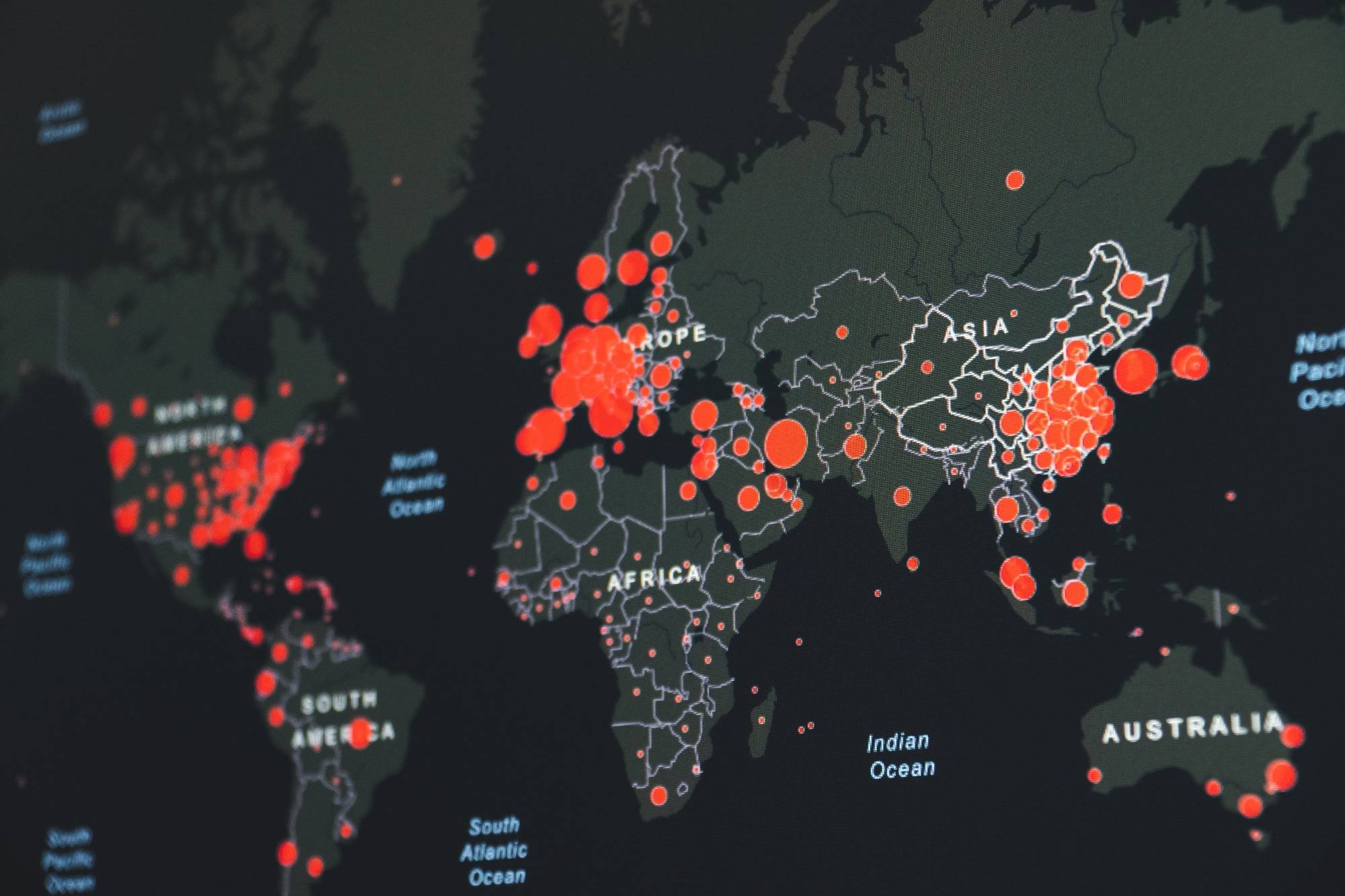5 Top Post-Pandemic Priorities for Global Healthcare Leaders
Anyone tuning into the nightly news may feel that the term “post-pandemic” is a bit premature. It is clear now that the COVID-19 virus will continue to mutate, not to mention the ongoing incidences of new viruses.
Even so, we are at a point where we can review the massive worldwide lockdowns and disruptions of 2020. Governments and healthcare leaders are re-evaluating lessons learned.
Now that the initial crisis is over, what are the top priorities for global healthcare leaders to prepare or even prevent the next one? Share on X How do healthcare systems get back on track with providing expanded access to routine care?
In the wake of the COVID-19 pandemic, data and technology innovations are major factors placing advanced medical devices and MedTech at the forefront of many discussions. Here are some top priorities for global healthcare leaders planning for the future.
Ensuring Patient Safety and Security
Among the many post-pandemic challenges to global healthcare systems is the safety and security of patients. In an increasingly interconnected world, it is clear that no country can address this issue alone.
With the rise of international travel and the growth of the internet, patients are no longer limited to receiving care from providers in their own country. To ensure patient safety and security, countries must work together to share best practices, develop common standards, and pool resources. For example, some countries have joint guidelines and common standards for managing chronic diseases such as diabetes.
Medical device manufacturers are familiar with different standards for US FDA approval vs the European Union. This post from our blog goes into more detail. At Galen Data, we can help our clients plan efficiently for both tracks, depending upon their go-to-market strategy.
Every healthcare system has its own strengths and weaknesses. By sharing information about what works and what doesn’t, countries can learn from each other and develop shared best practices and other information.
For example, many countries now share data on new medical technologies and treatments, helping to rapidly spread information about life-saving innovations. By sharing best practices, countries can provide consistent care and improved outcomes for citizens and visitors alike. Common standards help countries ensure that patients receive consistent care regardless of where they are treated.
In June 2022, the Group of 7 (G7) countries announced a new agreement to better prepare for future pandemics. The G7-Pact Of Pandemic Readiness asks each member to pledge $1 billion toward preventing disease outbreaks and planning for possible future pandemics.
Cybersecurity: Addressing Threats to Healthcare Data Security
Ransomware attacks on healthcare delivery organizations (HDOs) doubled during the pandemic. Health care breach costs are the most expensive of any industry, averaging $7.13m on average compared to other sectors.
Cybersecurity is a top priority for governments, medical device manufacturers, and healthcare delivery organizations. The early systems are not designed to secure the explosion of data coming from recent medical device development, let alone the distributed nature of the Internet of Things (IoT).
Patient data is very valuable for thieves selling on the dark web, with an estimated average value of $250 to $1000 per medical record. With legacy IT systems designed to collect and share sensitive personal information across departments, many HDOs are valuable, vulnerable targets.
The FDA is clear on the shared responsibility for protecting patients, and connected medical device security is becoming a critical HDO requirement from MDMs.
In March of 2022, the US Health and Human Services Office of Information Security released a report on the state of healthcare cybersecurity. The report includes an extensive, technical review of healthcare cybersecurity vulnerabilities and provides recommendations for how to improve them.
Building Infrastructure for Virtual Care and Telemedicine
Patient demand for telemedicine increased almost forty-fold (38x) from the pre-COVID-19 baseline. Researchers value the telemedicine global market at $50B in 2019. They forecast significant future growth, with a projected value of $460B by 2030.
Investment in the telehealth space, technological advances, and rising consumer demand are primary drivers of growth in a post-pandemic world.
HDOs and providers are also beginning to integrate data from wearable medical devices and home health monitors to augment both in-office and virtual care.
Healthcare Labor Shortage
A recent study by the National Nurses United found that nearly 80% of registered nurses said their workplace had a staffing shortage, with one in five reporting that their hospital doesn’t have enough nurses to provide safe patient care.
The turnover rate for nurses has increased dramatically since the pandemic began. A study published in the JAMA Health Forum in June 2022 found significant employment declines among skilled nursing facilities. Many nurses left their jobs due to concerns about the virus. Burnout appears to be a factor as counties suffering from high rates of COVID-19 cases saw the most employment losses.
Many countries are still trying to address the psychological effects of the pandemic on both patients and staff members. Some have set up hotlines and counseling services, while others have started education programs to help people understand and cope with the stress of the pandemic. However, many experts agree that more needs to be done to help people deal with the psychological toll of the pandemic.
Another reason for project future shortages is the large number of nurses who are expected to retire in the next few years. At the same time, nursing programs are not enrolling enough students to meet the coming demand. The American Hospital Association projects a shortage of up to 190,000 nurses by 2025.
A collaboration of global nursing associations investigated the effect of the COVID-19 pandemic on the global nursing workforce in January 2022. According to the report, the world’s current nursing workforce totals approximately 28 million, and the sector needs to add 13 million more nurses by 2030 to meet demand.
Medical Supply Chain Problems
The COVID-19 pandemic exposed serious deficiencies in the global medical supply chain. Hospitals and other healthcare facilities were overwhelmed by the demand for personal protective equipment (PPE), resulting in shortages of critical items such as gloves, face masks, and gowns. The same was true for other essential supplies, such as ventilators and respiratory devices.
Labor shutdowns in Asia put a strain on the manufacturing capacity of companies that supply materials and produce medical device components. Currently, the global shortage of semiconductor chips has the potential to disrupt life-saving medical devices and systems, which impacts patients everywhere.
On August 9, President Biden signed the CHIPS and Science act into law. The act includes provisions to fund, incentivize and strengthen domestic production of semiconductors. The MedTech industry is seeking help from the federal government to receive priority access to semiconductor chips.
Globally, the Access to Medicine Foundation identified three ways to fix healthcare supply chains and improve global health security. They recommend that countries:
- Mutually prioritize global health security.
- Widen and strengthen the supplier base.
- Identify and repair the weakest links in access to medicine and supplies.
Moving Ahead
While the pandemic is waning in some parts of the world, other regions are still facing serious outbreaks. It’s important that global healthcare leaders continue to prioritize initiatives that will help protect patients and healthcare workers from future pandemics, as well as bolster the healthcare system overall.
At Galen Health, we are committed to helping medical device manufacturing startups and companies create strategies to weather the coming changes. Contact us today to discuss your priorities and how we can help you meet them.






